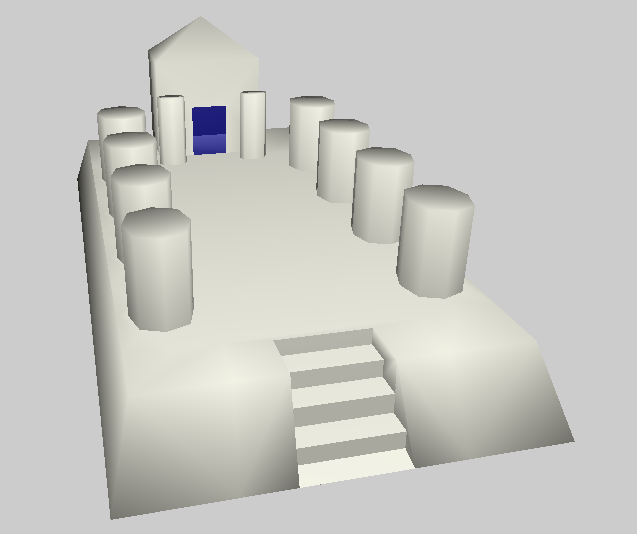Nice cremuss - you've got a great base to start working from in terms of learning texturing, you just need to get a few tricks of the trade right.
The material colour itself is non-believable as a material, it sort of looks like the model is being seen in 'negative'.
Have a look at how real metal tends to look, especially when painted and starting to flake:
http://www.cgtextures.com/textures.php?t=browse&q=169
Other areas where you need to work on is faking occlusion. Occlusion is very basically where light tends to become weaker after it has bounced a lot (more is being absorbed). You will therefore find that in a corner, and at the jointing of two surfaces there is a darker band of shadow linking the two. The trick here is to make sure it is very subtle, if it is too strong it will look strange.
http://www-viz.tamu.edu/students/bmoyer ... e_pass.jpg
vs
http://www-viz.tamu.edu/students/bmoyer ... c_pass.jpg
(though shadows are coming into play there too obviously)
Also, preshading. Pretend there is a generic lightsource coming from one direction (typically for an RTS, up) and fake the lighting on your model accordingly by brightening surfaces on the top, and darkening surfaces underneath. Only put highlights on edges that are facing your light direction.
Also, when you are doing glints, make sure the glints themselves have some noise and speckled nature. Unless it is highly polished and perfeclt flat, metal doesn't reflect the way you have done it there.
Still though, you and TRO are the revelations of the past week...



